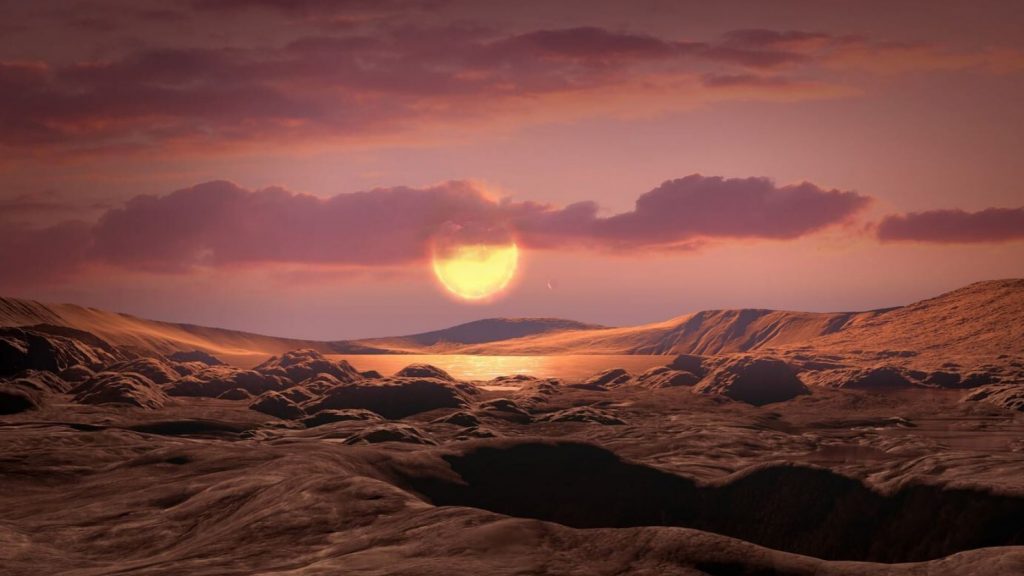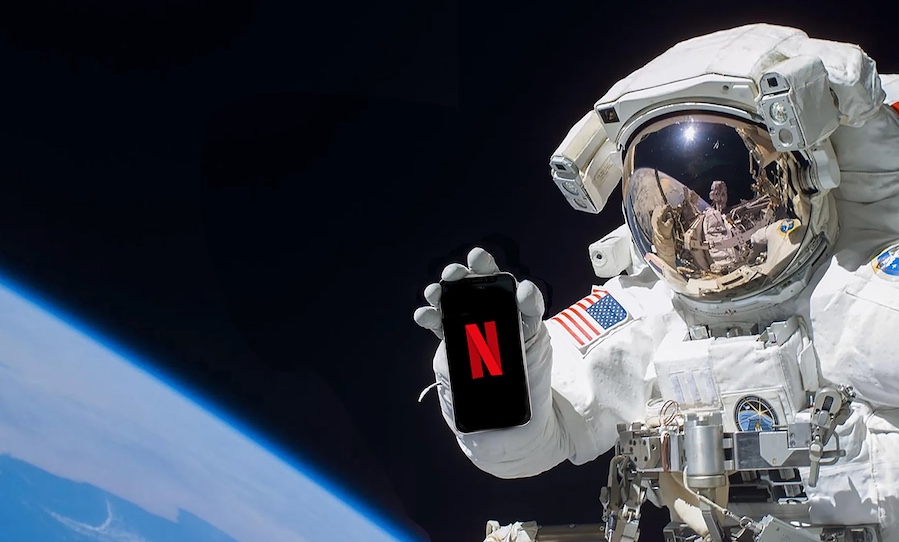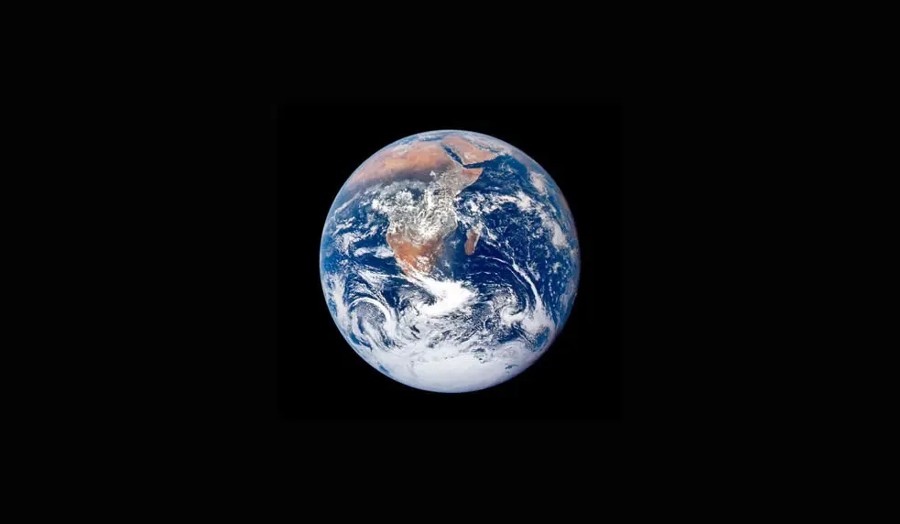So NASA were rummaging around through some dark and unchartered areas (what they seem to do best) when they realised “oh damn, here’s a second Earth that we accidentally mislabelled back in the day.” *Not a direct quote.
Amongst all the sciencey stuff they’ve released about this other-Earth, they only subtly mention that this exoplanet is fully capable of supporting life. Cheers NASA, because that’s just another thing we need in 2020. Aliens.

During a spot of spring cleaning, NASA realise that they discovered an Earth-identical exoplanet years ago, complete with water and probably aliens, and forgot to tell us.
It’s just like a modern-day Parent Trap. We discover our long lost twin unexpectedly, after years of being so close, yet so far apart. But instead of finding them somewhere fun like summer camp, NASA discovers them after yet again probing around in the deep, dark, dank cavern of…*cough*, the Kepler space telescope. That is after they mislabelled it and chucked it in the spare pile of spacey things that weren’t super important.
NASA have found that the exoplanet, called Kepler-1649c (unfortunately not Annie or Hallie), is the exact same size and estimated temperature as Earth and orbits a small red dwarf star in its system’s habitable zone. This means that our rocky planet friend would receive enough star radiation for it to sustain liquid water and perhaps life.
The illustration below shows what Kepler-1649c could look like from its surface.

Researchers still have plenty of questions though, much like Parker-James twins did after meeting at Camp Walden. What’s its atmosphere like? What are its temperature variations? Aliens? We’ll never know until NASA get their hands dirty again.
“Out of all the mislabeled planets we’ve recovered, this one’s particularly exciting,” lead author and researcher Andrew Vanderburg mentioned in a statement that raises some concerns about NASA’s attention to detail.
“The more data we get, the more signs we see pointing to the notion that potentially habitable and Earth-size exoplanets are common around these kinds of stars. With red dwarfs almost everywhere around our galaxy, and these small, potentially habitable and rocky planets around them, the chance one of them isn’t too different than our Earth looks a bit brighter.”
Enter Sigourney Weaver.


